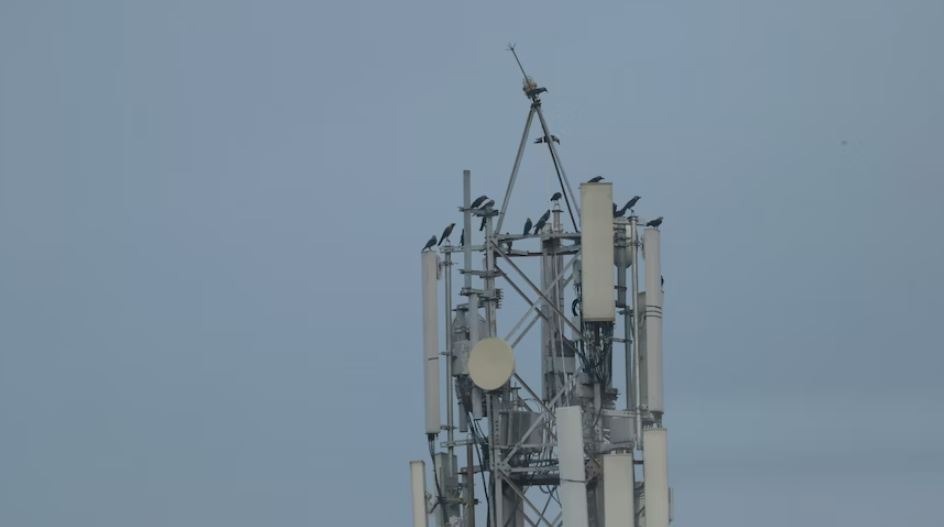Internet connectivity allowed everyone insurmountable access to information anywhere, anytime. It became an inherent part of modern life, changing how people think and communicate. Further, it transformed how we live as we gain a vast network of interconnectedness.
As wireless connection aims to provide high-quality access, let’s dwell first on the technicalities of the internet world.
Brief Background of “G” in Internet Space
The internet access system is labeled and organized in alphanumeric values defining a mobile network system implementation of various technologies. “G” stands for Generation. Each network generation has brought the world an essential milestone in developing mobile communication systems. Each generation of networks improves the speed and quality of networks and the internet.
The first generation (1G) was introduced in Tokyo in 1979 by Nippon Telephone. The first-generation networks used analog communication standards, later replaced by second-generation (2G) digital networks. After releasing the 1G cellular network in Tokyo, Japan became the first country to make it fully available nationwide. It was introduced in the US and Canada in 1983.
After the popularity of 1G, 2G or second generation began to digitalize the networks. Since 1G portrayed significant drawbacks such as sound quality, low coverage area, and sizeable statistical noise, developers aimed for a more stable algorithm. Second Generations (2G) was launched in 1991 by Radiolinja in the Finnish global system for mobile communications. 2G networks are the first networks using digital networks, making better sound quality and reducing crackling noises.
The most significant advancement made in 2G networks was the introduction of encrypted calls. This means that your conversation cannot be encrypted on calls. Bandwidth and frequency have also improved in the second generation. As technology advances, 2.75G and 2.75G EDGE networks became an upgrade for the second generation.
Further, network connectivity improved at its prime access when 3G was introduced to mobile users. 3G networks were the first to be fast enough to make smartphones practical. Before that, cellular networks couldn’t support all the features that make smartphones great, like streaming video, surfing the web, and downloading music. 3G is also responsible for internet access, voice telephony, fixed wireless internet access, and mobile TV technology. A new generation of cellular networks has emerged every decade since the introduction of the first-generation network. 3G communication networks support information transmission rates of at least 144 kbps.
But it’s 4G that allowed smartphone technology to spread and became a legacy of inventive human nature. In 2009, Fourth Generation (4G) wireless broadband communications were commercially introduced globally, and TeliaSonera brought 4G to market. 4G was much faster than 3G and opened new doors for downloading games and streaming videos in previously unrealistic ways.
5G Internet Evolution
With the potential to revolutionize how users access the internet, 5G, or the fifth Generation on mobile networks, is designed to cater to a larger scale of internet connectivity in today’s usage. Technically called the fifth generation, this cellular broadband network that companies began developing in 2009 had been predicted by experts with up to 1.5 billion subscribers by 2025.
South was the first country to adopt this technology on a large scale in April 2019Korea. About 224 carriers in 88 countries worldwide had invested in the technology at that time. In South Korea, all 5G network operators used base stations and devices from Samsung, Ericsson, and Nokia, except those that used Huawei devices. Among these, Samsung was the largest supplier, shipping 53,000 base stations out of 86,000 stations installed nationwide.
It aims to provide multi-Gbps data transfer speed with low latency, massive network connections, improved reliability, increased availability, and a consistent user experience for subscribers. With its average bandwidth of 100 Mbps, it is expected to reach up to 20 Gbps and uses a frequency of 28.4 GHz. When 5G reaches the desired Gps data speed, it will be a hundred times quicker and faster than standard 4G. It’s also 30x more quickly than advanced 4G standards, such as LTE-A.
The key difference between 5G and earlier mobile networks is the use of higher-frequency radio waves. 5G uses millimeter wave frequencies (between 24 and 100 GHz), which have shorter wavelengths than the lower frequency bands used in previous generations. This allows 5G to transmit more data in less time while users enjoy excellent reliability and massive network capacity with a consistent user experience for more people.
5G Functions in Connectivity
To enable 5G, operators must install new hardware in cell towers and other infrastructure, such as small cells and distributed antenna systems. These devices use multiple antennas to send focused radio waves directly to individual devices rather than sending signals in all directions, which was the case of previous generations.
Deploying 5G on mmWave-based carriers with small cells can improve the overall coverage area. Combined with beamforming, small cells can provide high speed and low latency coverage. Also, 5G will include advanced technologies such as Massive MIMO (Multiple Input Multiple Output), which uses multiple antennas to send and receive data simultaneously, sending signals to specific devices.
Overall, 5G networks will use a combination of new hardware and advanced technologies to provide faster, more reliable, and lower-latency connectivity, enabling a wide range of applications and services, from self-driving cars to long-distance operations. These are just the tip of the iceberg as 5G will recreate the world on internet space.
Simply put, unlike previous cellular networks, 5G technology uses cellular sites that transmit data over the air. Cellular sites connect to networks using wireless technology or wired connections. 5G technology changes how data is encoded, significantly increasing the number of radio waves available to network operators.
Conclusion
The internet will likely continue changing our lives in countless ways, bringing opportunities and challenges. With the continuous movement by developers to create a more reliable internet space, everyone will agree that 5G is here to shape the future. It will revolutionize different fields, from production processes and the manufacturing industry to individual uses. It will also improve virtual and augmented reality applications, which were only seen as a fleeting dream before. Indeed, human creativity devices infinite opportunities creating the once impossible to be reachable.






